Skip the Cafe Line: Pro Secrets for Amazing Autumn Drinks at Home
For years, my autumns were spent behind a buzzing espresso machine, where the air was thick with the scent of toasting spices and caramelizing sugar. That wasn’t just the smell of the season; it was the smell of my entire workday. People would duck in from the chilly streets, searching for a warm cup to chase away the cold, and it was my job to deliver that little piece of comfort. I quickly learned that a truly great drink isn’t just about following a recipe. It’s about technique, using ingredients that are actually good, and really understanding why each step matters.
In this article
So many people think making a cafe-quality drink at home is out of reach, so they settle for those sugary powders and artificial syrups. But honestly, you can whip up something infinitely better in your own kitchen. You just need to get a handle on a few core ideas. This isn’t just a list of recipes; it’s a deep dive into the professional methods I’ve picked up over years of practice and training other baristas. We’re going to break down five classic fall drinks, and for each one, I’ll walk you through the techniques that make all the difference.
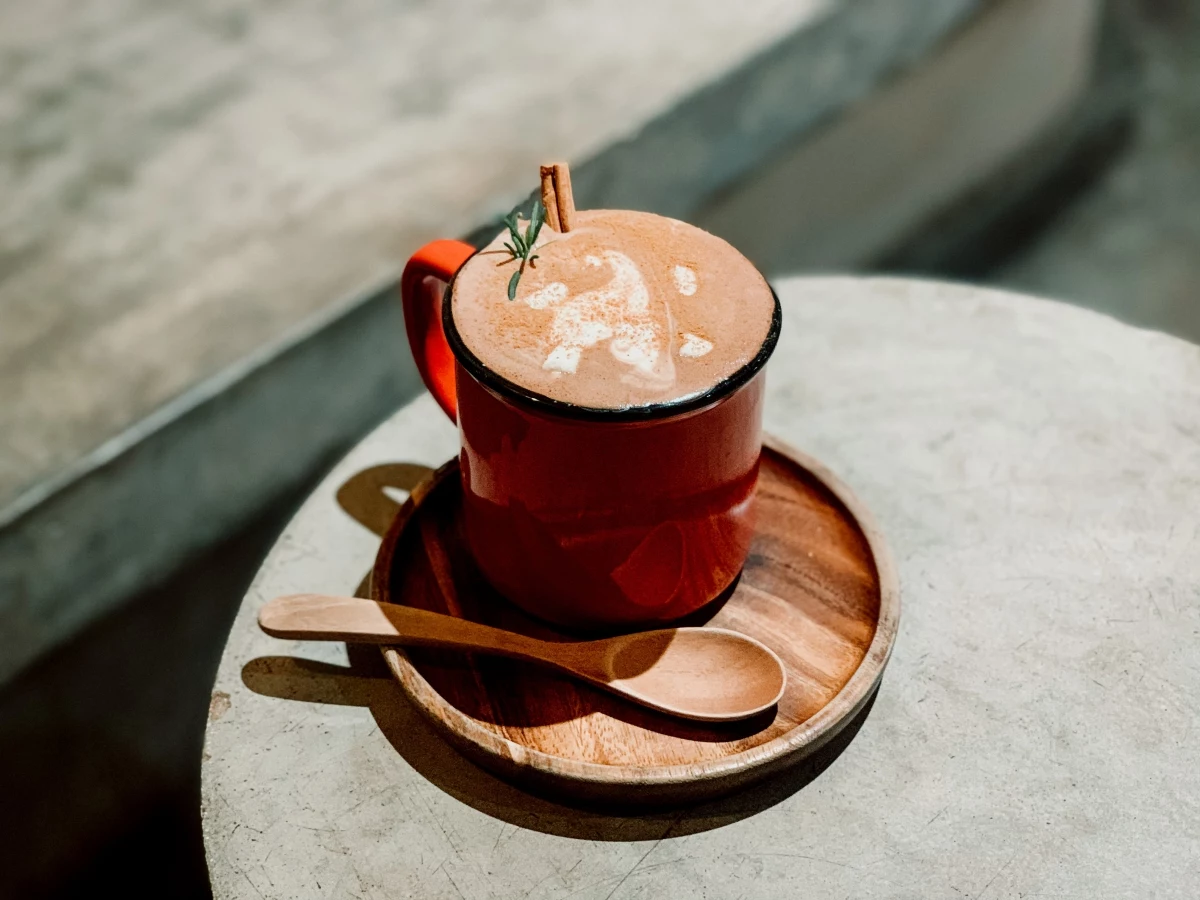
First Things First: Your Foundation Matters
Before we even think about a specific drink, we have to talk basics. You can’t build a great house on a shaky foundation, right? Same principle applies here. If your core ingredients are weak, the final drink will be, too. I learned this the hard way when a cheap, dusty cinnamon powder made an entire batch of hot chocolate taste like dirt. We had to dump it all. Quality is everything.
Let’s Talk Spices
Autumn drinks are all about those warm spices—cinnamon, nutmeg, cloves, and ginger. And let me tell you, the difference between fresh, quality spices and the old, cheap stuff is night and day. Spices get their incredible aroma from volatile oils, and those oils disappear over time, especially once the spice is ground up.
My advice? Always go for whole spices when you can. Buy whole cinnamon sticks, whole nutmeg, and whole cloves. You can find them in the bulk section of many grocery stores or online for just a few dollars. Grinding them yourself right before you use them—with a cheap coffee grinder you use only for spices or a simple mortar and pestle—unleashes an aroma that the pre-ground stuff just can’t touch.
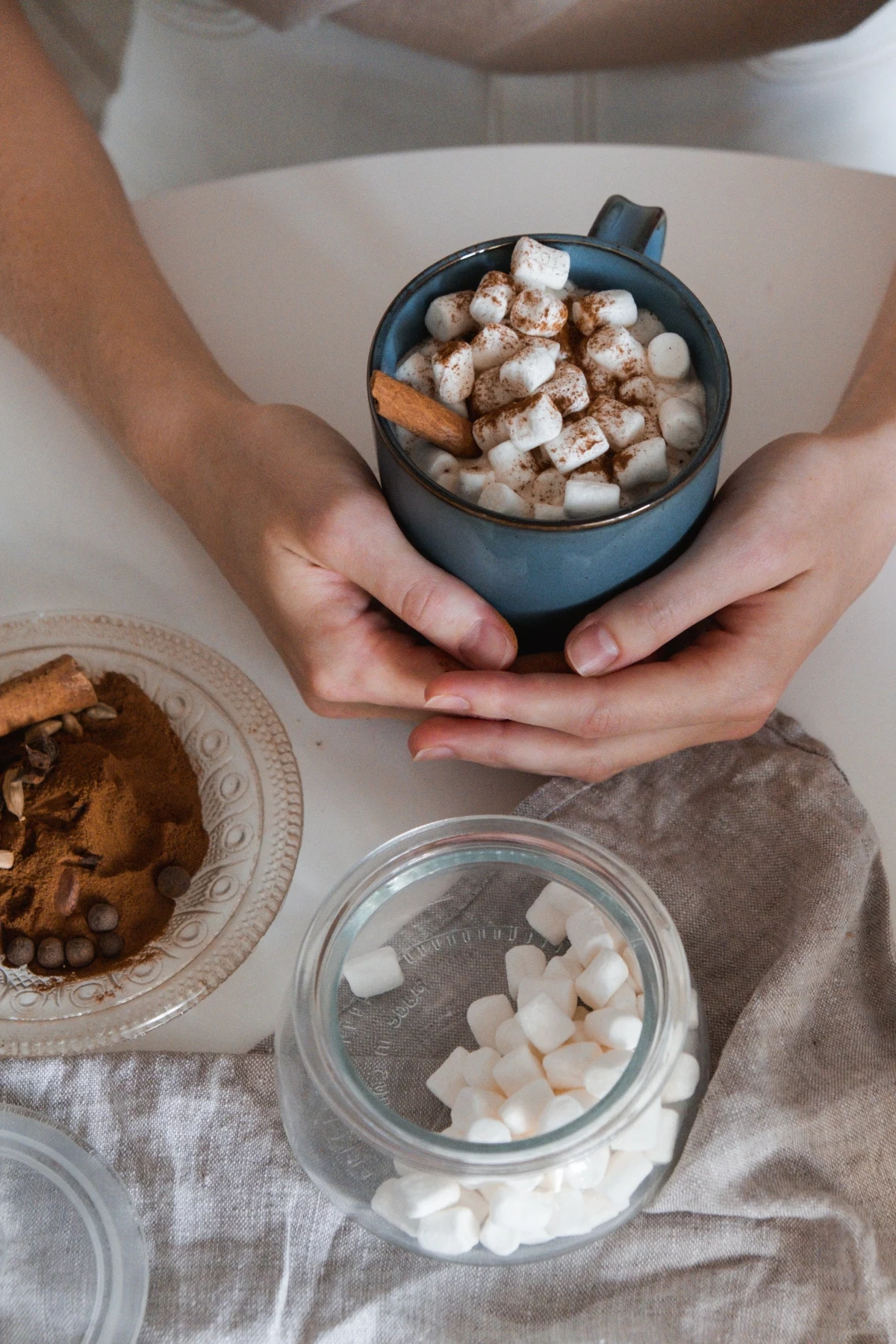
Pro Tip: For drinks like chai or mulled cider, toasting your whole spices is a game-changer. Just toss your cinnamon stick pieces, cloves, and cardamom pods into a dry skillet over medium-low heat. Stir them around for a couple of minutes until they smell incredibly fragrant. This little step wakes up their essential oils and adds a deep, nutty complexity. Just keep an eye on them so they don’t burn!
The Deal with Milk & Foam
The velvety texture of a great latte is all about the milk. At the cafe, we’d spend hours perfecting our steaming technique to create what’s called microfoam—a smooth, paint-like foam with bubbles so tiny you can’t even see them. It’s a world away from that stiff, bubbly froth from an automatic frother.
It all comes down to science. Steaming milk does two things: it heats it up and stretches it with air. The protein in the milk creates the bubble structure, while the fat gives it that rich, creamy mouthfeel. This is why whole milk is the easiest to work with; it has the perfect balance of fat and protein. Skim milk can make a lot of foam, but it’s often dry and lacks creaminess.
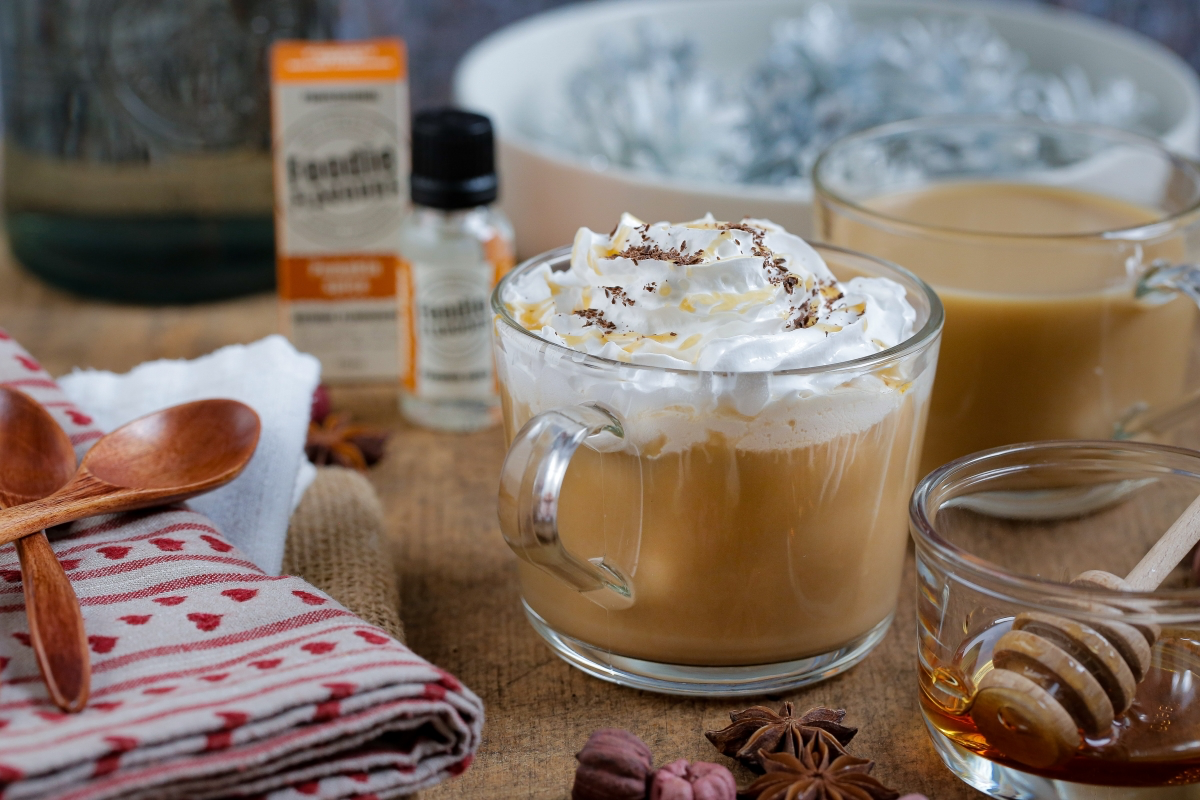
Working with non-dairy milks can be tricky since they all behave differently. Here’s a quick rundown:
- Oat Milk: This is, hands down, the star of the non-dairy world for steaming. Look for a “barista edition,” like Oatly or Califia Farms Barista Blend. They have added oils and emulsifiers that help them foam up just like dairy milk.
- Almond Milk: Tends to be a bit thin and can sometimes separate when it gets too hot. The trick is to steam it gently and not push the temperature past 140°F (or 60°C).
- Soy Milk: This one can produce some decent foam, but be warned—some brands have a strong, beany flavor that can kind of overpower your coffee and spices. It’s a matter of personal taste.
By the way, if you don’t have an espresso machine with a steam wand, you can still get some decent foam. Just heat your milk on the stove and then pour it into a French press. Plunge it up and down vigorously for about 30 seconds. It’s the next best thing to true microfoam.
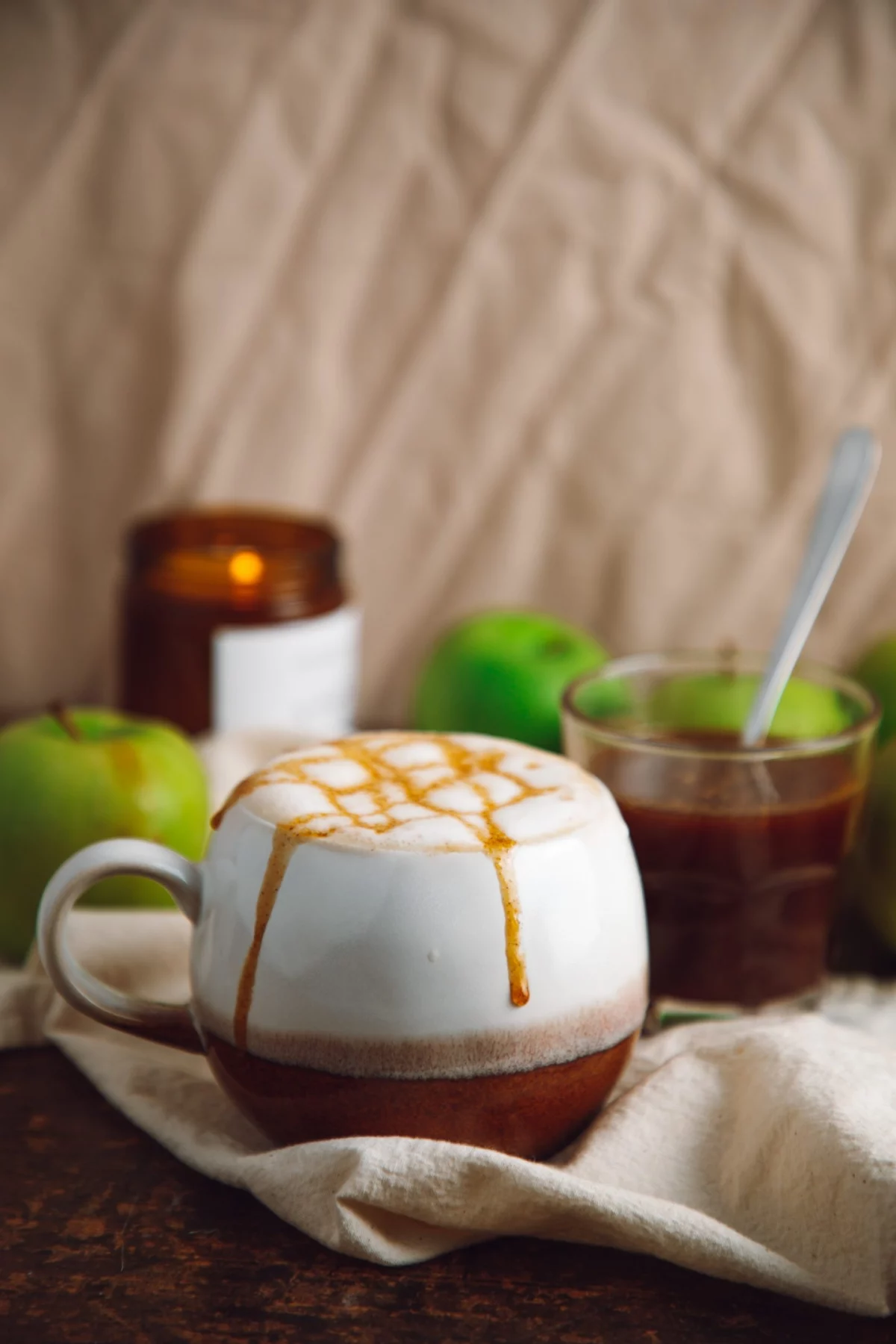
1. How to Craft a Proper Hot Chocolate
Forget that watery stuff from a packet. We’re talking about a rich, dark, and deeply satisfying drink made from actual chocolate. This was the first specialty drink I ever mastered, and it taught me everything about the importance of emulsification.
The big challenge here is getting the chocolate (which is full of fat from cocoa butter) to blend smoothly with the milk (which is mostly water). The secret is to create an emulsion. You do this by melting the chocolate slowly and adding the hot milk bit by bit while whisking like crazy. This breaks the fat into microscopic droplets that hang suspended in the milk, creating that signature velvety texture.
The Can’t-Skip Technique
1. Choose Good Chocolate: Please, don’t use chocolate chips. They have stabilizers in them to help them keep their shape, which means they resist melting smoothly. Grab a good quality 60-70% cacao bar instead. Something like Lindt 70% or a Ghirardelli bar works perfectly and will only run you about $3 to $5 at the grocery store.
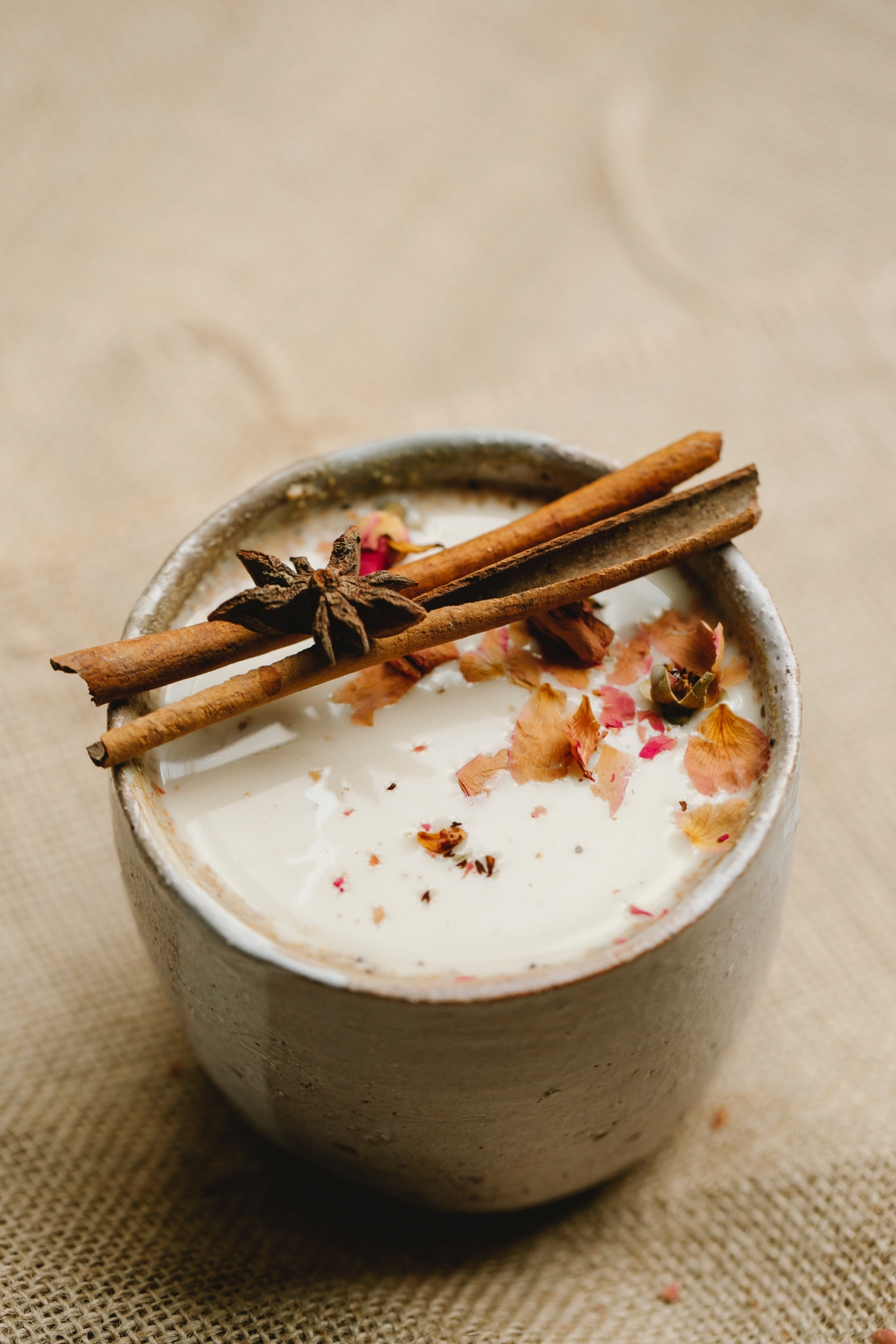
2. Chop It Up: Finely chop the chocolate. The smaller the pieces, the faster and more evenly they’ll melt.
3. The Gentle Melt: Use a double boiler. And if you don’t have one? No problem. Just place a heatproof glass or metal bowl over a saucepan with an inch of simmering water. The key is that the bottom of the bowl shouldn’t touch the water. Add your chopped chocolate and let it melt slowly, stirring now and then.
4. Heat the Milk: While that’s melting, heat your milk in a separate pan until it’s steaming but not boiling.
5. Create the Base: Once the chocolate is melted, take it off the heat. Pour in just a splash—maybe a quarter—of the hot milk. Now, whisk vigorously. It might look grainy or split at first. Don’t panic! That’s normal. Keep whisking until it becomes a smooth, glossy paste. This is your foundation.
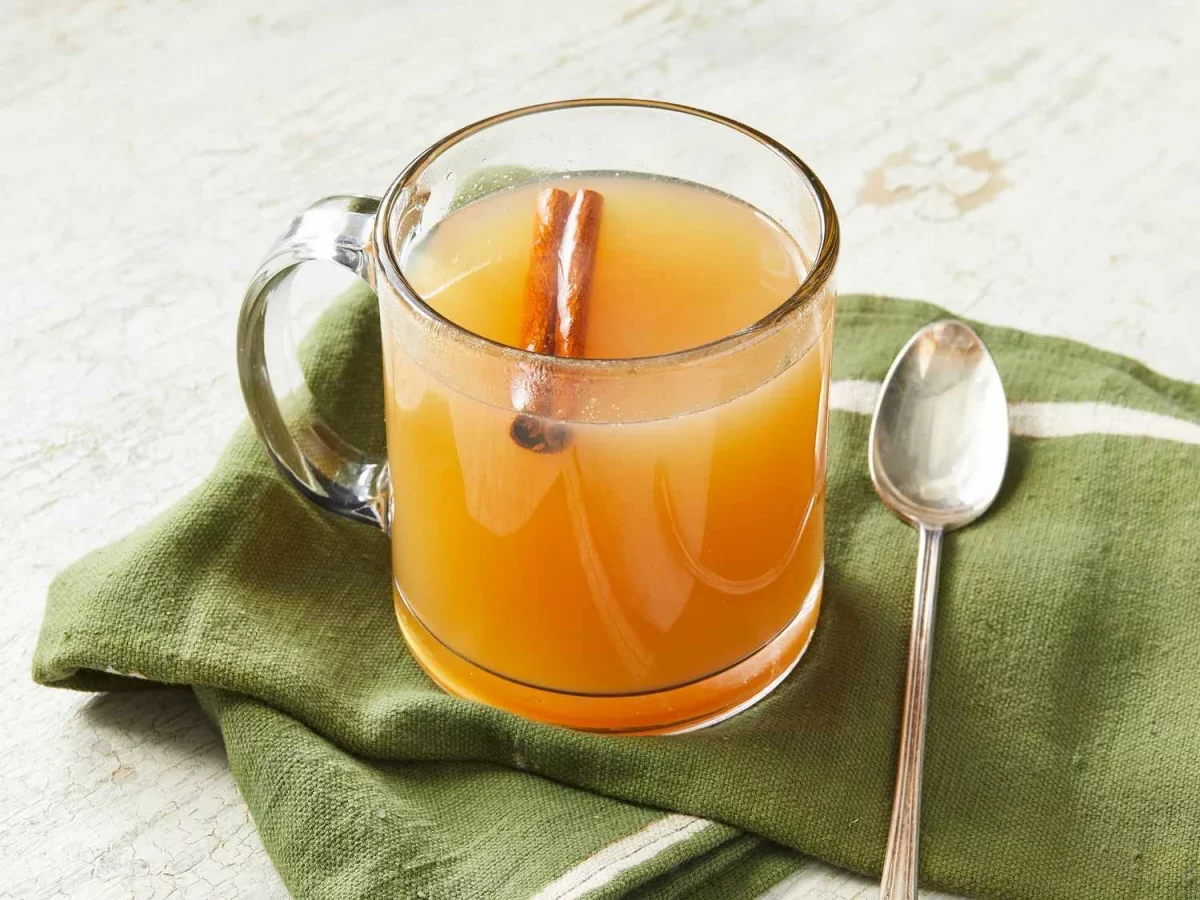
6. Finish It: Slowly whisk in the rest of the hot milk in a steady stream until it’s perfectly smooth. This gradual process is the secret to a flawless hot chocolate.
Oh, and a quick personal story: Early in my career, I tried to save time by melting chocolate directly in a pot. I scorched it. Scorched chocolate is bitter, acrid, and completely unusable. I wasted a gallon of milk and a pound of expensive chocolate. That mistake taught me that the double boiler method is non-negotiable.
2. The Barista’s Pumpkin Spice Latte (The Real Way)
Ah, the PSL. The most famous—and often, most disappointing—autumn drink. Most coffee shop versions are just a blast of sugar with a syrup that contains zero actual pumpkin. We can do so much better.
A real pumpkin spice latte is a balanced drink where you can actually taste the espresso, the warm spices, and the earthy sweetness of pumpkin. The secret? Making your own syrup.
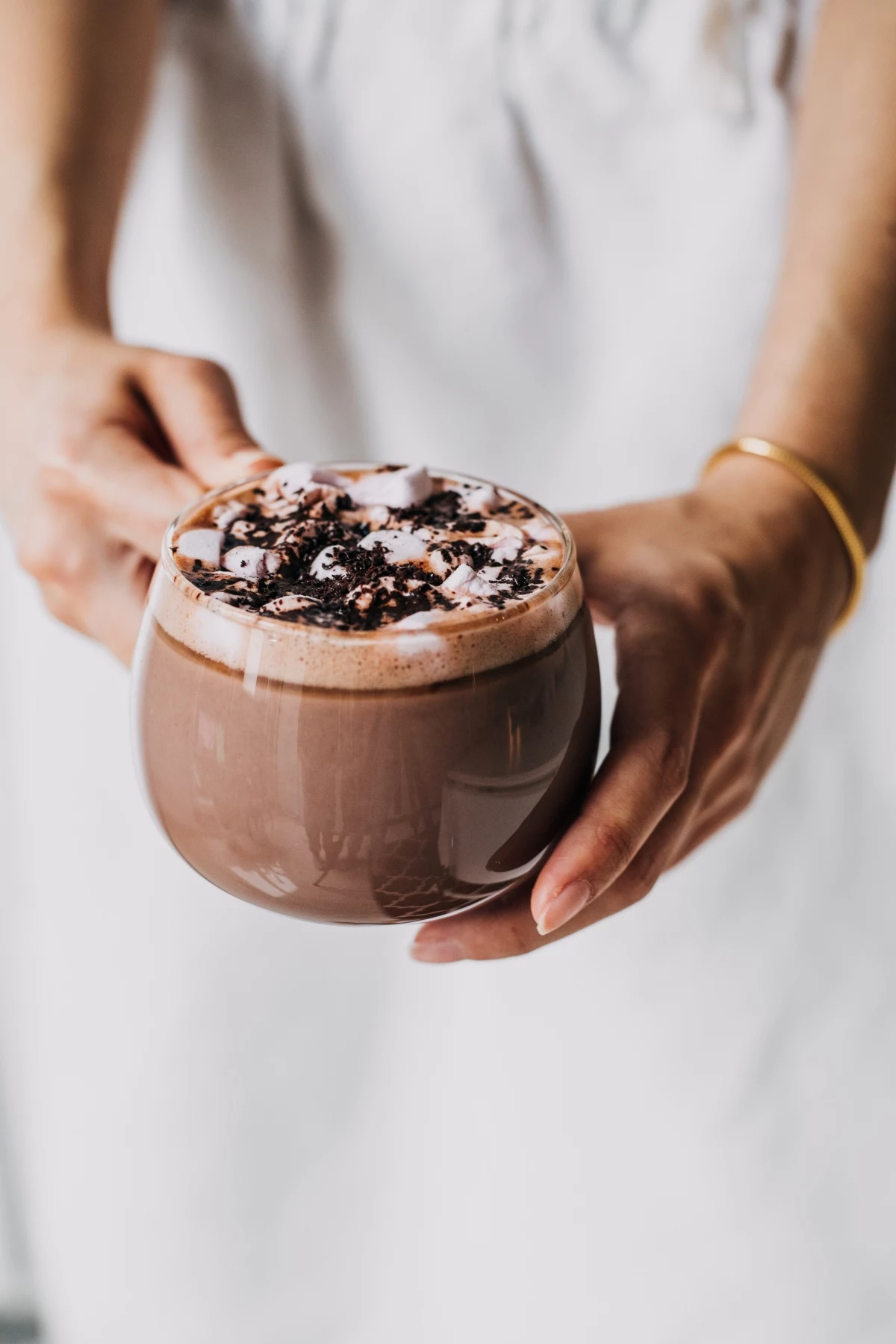
The Only Pumpkin Spice Syrup Recipe You Need
This takes about 20 minutes and makes enough for a couple of weeks. It’s so worth it.
Here’s what you need:
- 1/2 cup canned pumpkin purée (the 100% pure pumpkin, not the pie filling!)
- 1/2 cup water
- 1/3 cup brown sugar
- 1 tsp ground cinnamon
- 1/2 tsp ground ginger
- 1/4 tsp ground nutmeg
- 1/8 tsp ground cloves
Just combine everything in a small saucepan. Bring it to a simmer, whisking to dissolve the sugar, then lower the heat and let it gently bubble away for about 15 minutes, stirring occasionally. It’s done when it’s thickened a bit. For an extra-silky texture, strain it through a fine-mesh sieve. Let it cool and store it in a jar in the fridge.
Good to know: What do you do with the rest of that canned pumpkin? Spoon it into an ice cube tray and freeze it! The cubes are perfect for dropping into smoothies or future single-serving recipes.
Putting It All Together
For a standard 12-ounce latte, start with a strong coffee base—a double shot of espresso is perfect, but a half-cup of very strongly brewed coffee works too. Add 2 tablespoons of your homemade syrup to the mug and stir it into the hot coffee. Then, pour in about 8-10 ounces of steamed, frothed milk. A little sprinkle of cinnamon on top is always a nice touch.
3. The Surprisingly Delicious Apple Crisp Latte
This one is a bit of a hidden gem but it’s one of my absolute favorites. It genuinely tastes like a warm apple crisp in a cup, with layers of tart apple, cozy spice, and rich coffee. The magic is in a cooked apple syrup that has some real depth.
Building a Better Apple Syrup
For a truly balanced syrup, you need to use a mix of apples. I like to use one tart apple, like a Granny Smith, for that acidic punch, and one sweeter, more fragrant apple, like a Honeycrisp or Fuji, for that classic apple flavor.
Finely dice both apples (skins on is fine!). Melt a tablespoon of butter in a saucepan, add the apples, and cook for 5-7 minutes until they soften. Then add 1/2 cup of brown sugar, a couple of cinnamon sticks, and 1 cup of water (or apple cider for even more flavor!). Let it all simmer for about 20-25 minutes until the liquid reduces and becomes syrupy. Finally, strain it through a sieve, pressing on the apple solids to get all that liquid gold out. This syrup will keep in an airtight container in the fridge for about a week.
To make the latte, just follow the same ratios as the pumpkin spice latte: 2 tablespoons of syrup, a shot of espresso, and steamed milk. It’s absolutely divine.
4. The Authentic Spiced Chai Latte
A proper chai latte is brewed, not pumped from a jug. It’s an infusion of black tea and whole spices that’s both invigorating and comforting. It’s the perfect place to use that spice-toasting technique we talked about earlier.
The key is to make a chai concentrate first. In a saucepan, lightly toast a couple of cinnamon sticks, 5-6 whole cloves, 4-5 crushed cardamom pods, and a few slices of fresh ginger. After a minute or two, add 2 cups of water and 4-5 black tea bags (or 3 tablespoons of loose-leaf Assam or Ceylon tea). Bring it to a simmer, then let it steep on low heat for about 10 minutes. Finally, stir in a sweetener of your choice—maple syrup or honey works beautifully here—to taste. Strain out all the solids, and you have your concentrate!
To serve, just mix your concentrate with steamed milk. A 1-to-1 ratio is a great starting point, so try a half cup of concentrate with a half cup of milk and adjust from there.
5. Simple & Soulful Mulled Apple Cider
Sometimes you want something cozy without the coffee or the milk. Enter mulled cider. It’s incredibly easy and makes your entire house smell like heaven.
The most important part is starting with good quality, unfiltered apple cider. You can usually find this in the refrigerated section of the grocery store during the fall, often for around $5-$7 a gallon. Pour it into a large pot and add your whole spices—a few cinnamon sticks, some whole cloves, and a star anise or two are a classic combination. A few strips of orange peel add a wonderful brightness, too.
Heat it all over low heat. The key here is never let it boil. You want a very gentle simmer. Boiling will cook off the delicate apple flavors and can make the spices turn bitter. Let it gently warm and infuse for at least 30 minutes, or even a couple of hours on low. To serve, just ladle it into mugs. For an adult version, a splash of dark rum or brandy in each cup is fantastic.
Don’t Have Time for All That? Try This.
Look, I get it. Sometimes you just need a quick upgrade. If you don’t have time to make a whole syrup, try this little trick: as you warm your milk for your morning coffee, just toss in a cinnamon stick and a strip of orange peel. Let it steep for 5 minutes. It’s a tiny bit of effort that completely transforms your regular cup of joe into something special.










